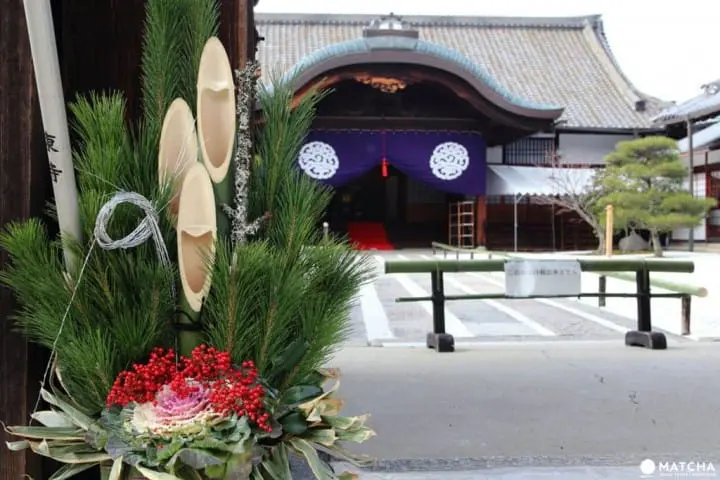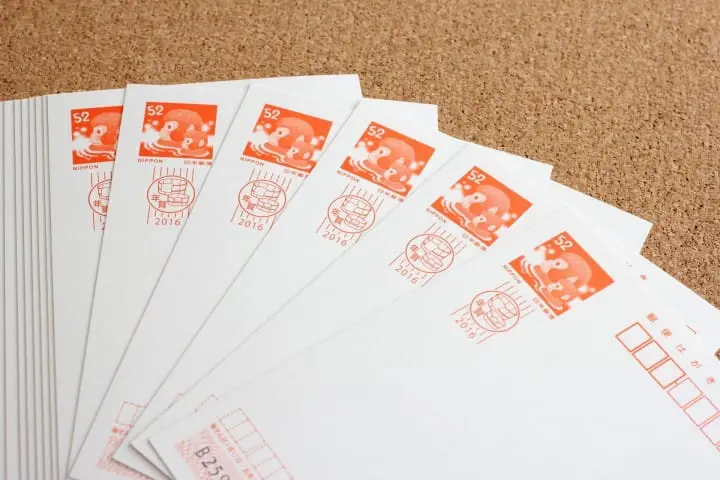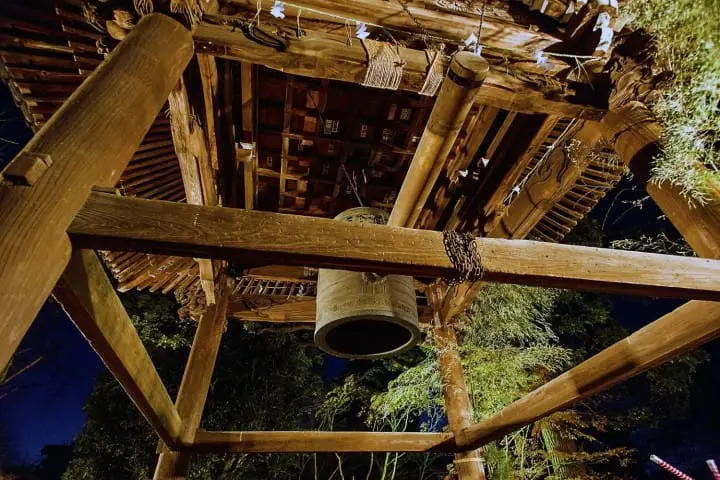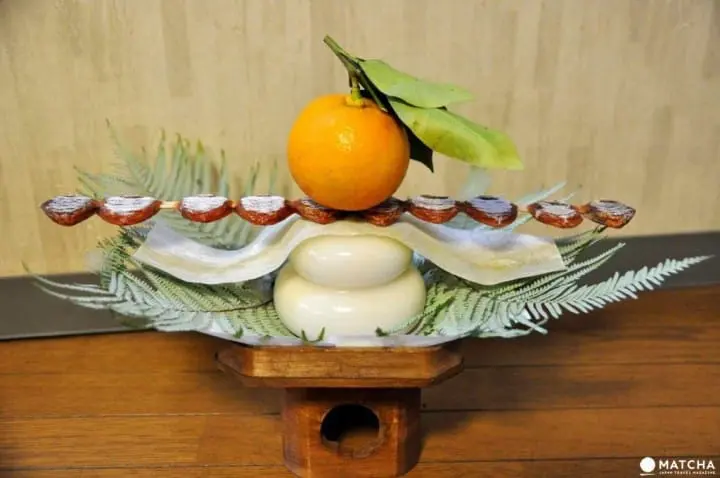Exploring Japan’s New Year Traditions

If you are visiting Japan during the New Year's celebrations, check out these Japanese traditions that you will surely enjoy experiencing together with the locals!
Traveling to Japan around the beginning of the New Year is a great chance to have a hands-on experience of traditional Japanese culture. It is a time when the Japanese return to their hometowns to partake in traditional ceremonies and festivities. Many of these events are public so travelers can also participate in them. It is one of few occasions where one can see Japan in a different way. Let's see some of the most important Japanese traditions related to the New Year.
Bonenkai – A Party To "Forget the Year"!

Every year, throughout the month of December, all over Japan people will hold special parties called bonenkai ("a party to forget the year"). A bonenkai is a social gathering of company workers, business partners, and friends held toward the end of the year in order to forget the unhappy things in past year and look ahead to the new year with a fresh spirit.
Even in the case of office parties, the formal atmosphere is quickly transformed after the official toast is made, signaling the start of the party. The guests then loosen up and begin to enjoy endless bottles of beer, wine, sake and other alcoholic beverages. Some of these parties may also include fun activities like games and even karaoke!
Setting up Kadomatsu - New Year's Decorations

Kadomatsu, a traditional New Year's decoration, is placed in front of the entrances to welcome the spirits of good fortune. It is composed of bamboo stalks cut diagonally at different lengths, pine branches and a base made of straw. These decorations are placed outside the entrances to houses and buildings from late December until around January 7th. The bamboo stalks symbolize prosperity, while the pine is a traditional symbol of longevity.
The kadomatsu decorations are said to be the temporary dwelling places of gods who visit to bless the humans and are usually burned after January 15th.
Read also:
Sending Nengajo to Friends and Family

Nengajo are Japanese New Year's cards. In addition to the holiday's greetings, the sender usually expresses his or her gratitude in writing for all that someone has done for them in the past year, as well as their hope for their continued support and favor in the coming year. Sending nengajo cards is an important part of the Japanese traditions related to the New Year. Nengajo cards have beautiful and cute designs and are often printed with the animal symbol of the New Year in the Chinese zodiac.
They are sent out from early December, and they have a special marking which ensures that they reach the recipient right on January 1st. The best part about these cards is that they are a reminder to friends, co-workers or family that their love and concern are greatly appreciated.
Joya no Kane - Ringing out the Old Year

This tradition reminds a little bit of the countdown performed in some of the western countries. In Japan, it is special and observed differently in every region. A few minutes before the beginning of the New Year, the Buddhist temples start ringing a large bell ("kane") 108 times as part of a ritual called Joya no kane. This ritual is supposed to purify human minds and souls for the year up ahead. In Tokyo, the temples that are famous for this ceremony are Zojoji Temple near Tokyo Tower and Asakusa’s Sensoji Temple.
On New Year's Eve, many people go visit a shrine or a temple for their first visit of the year to a sacred place (called "hatsumoude"). If you choose to go to a Buddhist temple, you will be able to witness the deeply dignified Joya no Kane ritual.
Celebrate with Osechi-Ryori (New Year's Dishes)

Osechi-ryori is a collection of traditional New Year dishes typically eaten during the first three days of January. Each Osechi dish has a special significance. For example, fried fish is said to bring good health in the new year, while beans are thought to bring in financial good luck.
Using fire is avoided during the first three days of the New Year to welcome the Toshigami (New Year deity). For this reason, during these first three days, the housewives don't do housework. Food that keeps well is prepared on New Year's Eve and enjoyed by everybody during the first three days of the New Year.
The Auspicious Kagami Mochi - Rice Cake Offerings
Kagami mochi are traditional cakes made of sweet rice, brought as offerings to the deity of the New Year. Round mochi cakes are stacked one on top of the other and topped with an orange. These cakes are placed in one's house (usually in the small Shinto altar in the household) from around the end of the year to around January 11th.
Read also:

The round shape of the kagami mochi represents family happiness, while the stacked mochi (rice cakes) represent having another auspicious year. The cakes can also be adorned with dried kelp, decorative Japanese paper, and other auspicious decorations. Nowadays, ready made kagami mochi can be purchased at supermarkets or convenience stores.
Otoshidama - Money Presents for Children
This custom is observed all over Japan during the New Year. Otoshidama refers ti the custom of giving children a small amount of money as a gift for the coming year. It is a way to show appreciation for the efforts they had taken in school during the past year and also give them hope that the New Year will be full of joy and happiness.

Otoshidama is usually given by grandparents, parents, as well as uncles and aunts. The amount depends on the child’s age and it varies from 500 yen up to 10,000 yen. The older the child, the more money they receive. There are many kinds of special envelopes to put otoshidama in, from simple ones to gorgeous ones designed with popular characters and cute patterns. Otoshidama is given to children from January 1st through the 3rd every year.
Hatsuhinode - Viewing the First Sunrise of the Year
One of the best ways to start the year is to go see the first sunrise! This is a tradition of watching the first sunrise of the New Year together with friends and family. It is said that the Toshigami (New Year's deity) appears together with the sunrise. To enjoy the glorious sight of the sun rising, many Japanese visit places of high altitude where the first ray of sunlight reaches them. Many observatories at Tokyo Sky Tree and Tokyo Metropolitan Government Building hold hatsuhinode viewing events as early as 5:00 AM on January 1st. So, how about starting the New Year early and see the first sunrise in Japan? It's a rare treat!
Hatsumoude - The First Shrine Visit of the Year

Hatsumoude is the tradition of visiting shrines or temples at the very beginning of the year. The Japanese start the year by praying or wishing for prosperity, safety, and good health. People wish for the New Year to be full of love and happiness. It is normal to visit shrines and temples as soon as the year begins at midnight up until January 7th.
On the shrine and temple grounds, you will find food stalls selling sweets and drinks. Eating and drinking during hatsumoude are believed to ward off evil.
In Conclusion
If you happen to visit Japan during the New Year week or even before or after New Year, there are plenty of things to enjoy and experience. Osechi cuisine and shrine visits are some of the popular things that we recommend trying out. Happy New Year and have a great holiday in Japan!
You May Also Like:
Temples, Shrines and Charms - A Summary of Japanese Religion
From Lucky Bags To Shrine Visits - Enjoy New Year The Japanese Way!
Omisoka (New Year's Eve) - Japanese Encyclopedia
5 Convenience Store Items To Keep You Warm In The Winter
Only in Winter! 5 Recommended Limited Edition Sweets and Drinks
Just a Nomad Exploring Japan - The Nihonjin Way!































![[2026] Top 5 Strawberry Picking Spots in Tokushima, Naruto| Farms and Access Guide for January to May](https://resources.matcha-jp.com/resize/720x2000/2025/03/06-227165.webp)
![[Yamanashi/ Hokuto City] 4 Hot New Spots Opening in 2026](https://resources.matcha-jp.com/resize/720x2000/2025/12/12-252747.webp)


